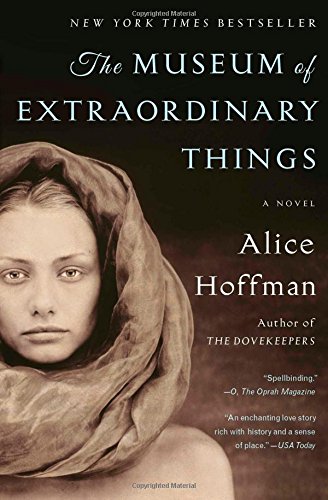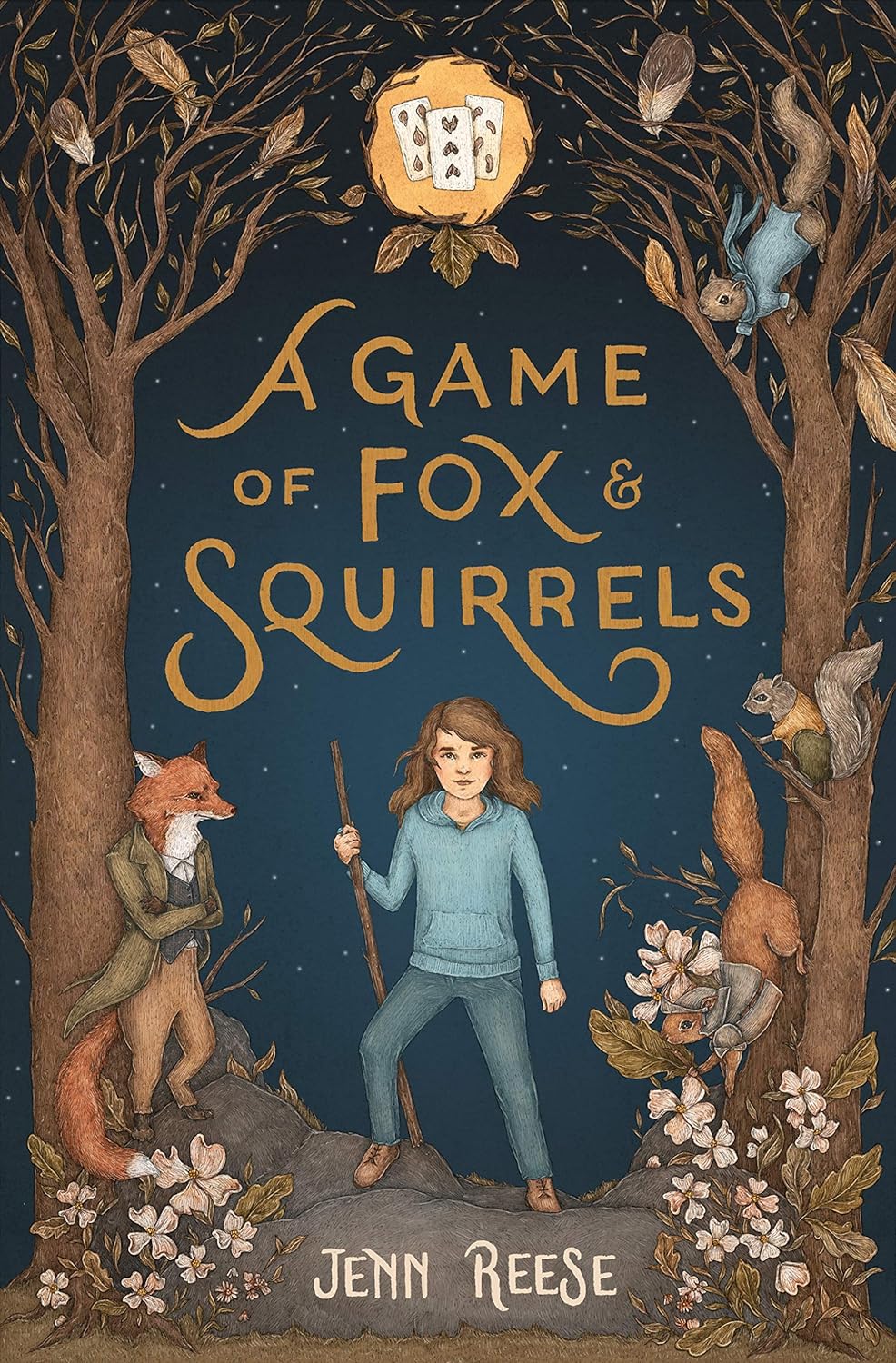|
Rating: 4/5 Stars
Jenn Reese’s A Game of Fox & Squirrels dances gracefully between whimsy and wisdom, seamlessly blending childhood innocence with the weight of real-world challenges. This enchanting narrative not only tickles the imagination but also stirs the soul. After a family tragedy, eleven-year-old Sam and her sister Caitlin find themselves whisked away to rural Oregon to live with their Aunt Vicky. Sam’s skepticism about their new life hangs heavy like the mist on a Pacific Northwest morning, but everything changes with a mysterious gift from Aunt Vicky: a card game called “A Game of Fox & Squirrels.” The line between reality and fantasy begins to blur when Ashander the fox leaps from the cards into real life, promising Sam a wish if she can find the mythical Golden Acorn. The inhabitants of Reese’s world are vividly portrayed, each character with their own quirks and charms. From Aunt Vicky’s peculiar chicken obsession to Cedar the squirrel’s insatiable appetite for acorn meat tarts, Reese brings them to life with remarkable brevity. While the story brims with talking animals and magical quests, it also delves into the weighty theme of domestic violence. Drawing from her own experiences, Reese delicately illuminates the possibility of breaking free from the chains of a toxic past. Through Sam’s eyes, readers embark on a journey through trauma, loss, and healing, elevating A Game of Fox & Squirrels from a mere fairy tale to a profound exploration of family and resilience.
0 Comments
 Written by Lauryn Smith Reaching the next stop on the my-life-through-books tour required me to trek through some muddy waters. No, quicksand. Maybe lava? You might think that the new shelter-in-place era we now live in would be prime time to work on personal projects and accomplish non-work-related goals. Well, not when you are a recovering perfectionist. Self-doubt, fear of failure, and questioning whether you, of all people, have anything to say that is worth hearing all make procrastination quite appealing. Amirite? But Sam Laura Brown has re-inspired me to overcome my subconscious self-sabotaging habits, at least in terms of blogging. In fact, I thought I might switch things up beginning with this post and instead of merely reviewing a book, also reflect on how it applies to my life, what it meant to me personally, and so on. It may get a bit stream-of-conscious-y. Who knows. Ready? Here goes. Let’s start by talking about Zits. (I could so easily make a joke about stress breakouts here but shall refrain.) Zits is the main character in Sherman Alexie’s novel “Flight.” He is a biracial teenager with Native American ancestry living in the Pacific Northwest. What’s more, he is a self-described “time-traveling mass murderer.”  Written by Lauryn Smith In her historical fiction novel "The Museum of Extraordinary Things," Alice Hoffman invites readers to dive into dueling worlds, one mystical and breathtaking, the other dark and seedy. Set in 1911 New York, Hoffman illustrates the time by interweaving the stories of Coralie, a young woman who assists her father’s museum of “natural” wonders, and Eddie, a young man who struggles with his unfortunate past but finds solace in his work as a photographer and life in the Manhattan wilderness. Their paths cross when Eddie accepts a job reminiscent of those he used to accept from shady characters in his youth. This time the job is seeking the missing daughter of an acquaintance of his estranged father. In addition to providing readers a true page-turner of a book, Hoffman expertly introduces readers to actual historical events, in this case the Triangle Shirtwaist Factory fire in Greenwich Village and the fire at Coney Island’s amusement park, Dreamland. Hoffman, the author of more than 30 novels, seems to want to exemplify the psychological impacts of social and economic inequalities. Coralie feels trapped by the wishes of her father, who disallows her from showing her true self, going so far as to require her to glove her deformed hands, while simultaneously forcing her to train as a water-loving creature to be displayed at the museum. Eddie carries with him the watch of the young son of a wealthy factory owner, which he stole when he was a child working alongside his garment-worker father, a token that seems to represent his distaste with societal disparities. His unease is perpetuated by his craft, in which he uses his camera to capture both beautiful and sordid images. Likewise, Coralie learns that the museum of wonders that once seemed magical is actually a house of hidden horrors. How is it that the world can supply such extremes, and in such proximity? |

Enjoying my book reviews? If you’ve found them helpful or simply love diving into a good book, consider supporting my caffeine-fueled reading sessions! Your contribution helps keep the reviews coming and ensures I stay wide awake for those late-night reading marathons. Cheers to a shared love for literature! ☕️
Categories
All
|

